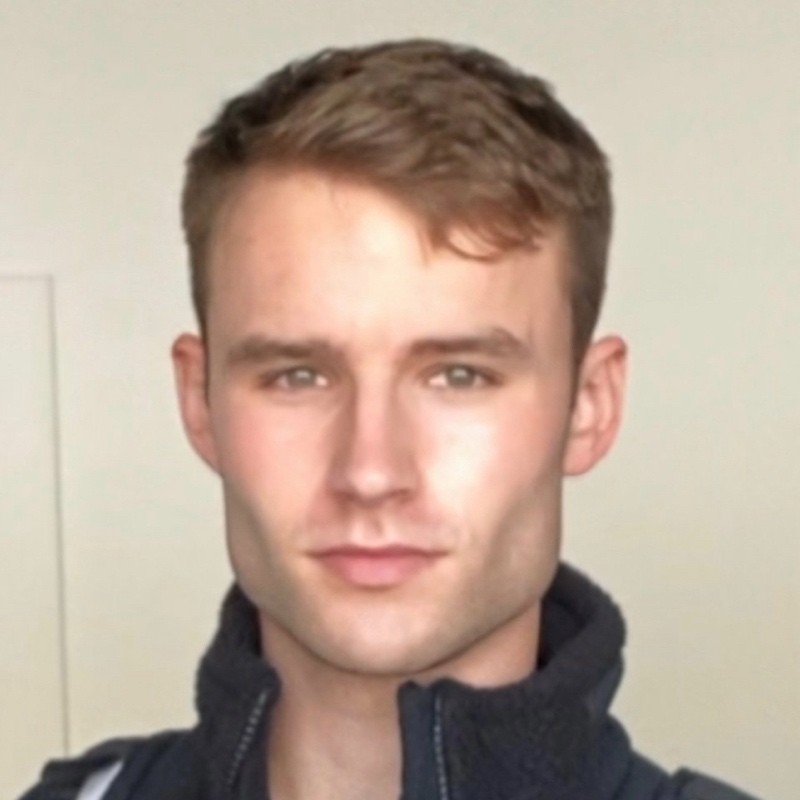This three-part guest series was authored by a masters student from Harvard University. Drawing on research and real-world insight, the series explores how AI is reshaping work—and how Quantum Rise is leading the transition.
When people talk about breakthroughs, they usually picture a lightbulb moment—fire, printing press, internet. But AI didn’t arrive with a bang. It crept in quietly, line by line, in server farms and research labs. And yet its impact might outmatch them all.
Right now, we’re at a turning point. AI isn’t just automating tasks—it’s starting to handle something much deeper: how we make sense of the world. What we once called “thinking” is now becoming collaborative, distributed, and increasingly shared between humans and machines.
Think about it like this: the steam engine replaced muscle. The microchip replaced arithmetic. AI is now starting to redistribute cognition—freeing us from routine thought and expanding our capacity for insight, creativity, and collective intelligence.
This series makes three big claims:
So, this isn’t just another AI think piece. It’s a map.
This series is for anyone trying to make sense of the moment—leaders deciding where to place their bets, builders wondering what matters next, and anyone who still believes technology and humanity don’t have to be at odds.
The future isn’t about humans or machines. It’s about what we can become when we build wisely—together.
Okay, let’s rewind.
Long before ChatGPT and AlphaFold, humanity was already dreaming up ways to capture and organize thought. Aristotle, in ancient Greece, didn’t just teach ethics and politics—he built the first toolkit for logic: rules for how to think clearly and make sound conclusions. Meanwhile, in ancient India, Nyāya philosophers developed a five-step formula for rational argument that feels like early pseudocode. These were more than philosophical curiosities; they were the first blueprints for what we now call algorithms.
Fast-forward a couple thousand years and logic gets a mathematical makeover. Thinkers like George Boole and Gottlob Frege turn human reasoning into formulas. Then comes the big one: Alan Turing’s vision of a “universal machine” in the 1930s, the theoretical ancestor of every computer today. Suddenly, cognition itself seems programmable.
AI’s official story kicks off here—but it’s hardly a straight line. In the mid-20th century, early models could play games and solve math problems, but they couldn’t handle messy, real-world data. Optimism soared, but progress stalled—twice. Funding dried up in the so-called “AI winters” of the ’70s and late ’80s. Each time, the field had to dig deeper and rebuild.
Then, in 2012, things exploded. A neural network called AlexNet crushed an image-recognition contest, and AI was back in business. Not long after, transformers—a new kind of model that could “pay attention” to patterns—changed everything. They powered systems like GPT, Claude, and Gemini, capable of writing essays, coding apps, and even creating art. AI was no longer a niche tool—it was becoming a general-purpose engine of cognition.
Here’s what that means practically: Companies aren’t just buying AI tools anymore. They’re layering intelligence into everything—CRMs, supply chains, customer support. These models don’t just analyze—they learn. They improve. AI is turning business processes into living systems that adapt and evolve in real time.
If the printing press democratized memory, AI is starting to democratize cognition. And just like the printing press reshaped society, this new shift will redraw the map—across industries, cultures, and human identity itself.
That’s why understanding this evolution isn’t just tech trivia—it’s strategic foresight. If you want to navigate what’s next, you need to know how we got here.
We move from history to humanity. Discover how AI is reshaping the nature of work—and what it means for creativity, meaning, and human connection in a world of thinking machines.
__________

Maxim Bjarnason, Masters Student
References
Carse, James P. Finite and Infinite Games: A Vision of Life as Play and Possibility. Ballantine Books, 1986.
Frankl, Viktor E. Man’s Search for Meaning. Translated by Ilse Lasch, Beacon Press, 2006.
Shakespeare, William. The Tempest. Edited by Barbara A. Mowat and Paul Werstine, Folger Shakespeare Library, 2015.
Tolstoy, Leo. War and Peace. Translated by Richard Pevear and Larissa Volokhonsky, Vintage Classics, 2008.